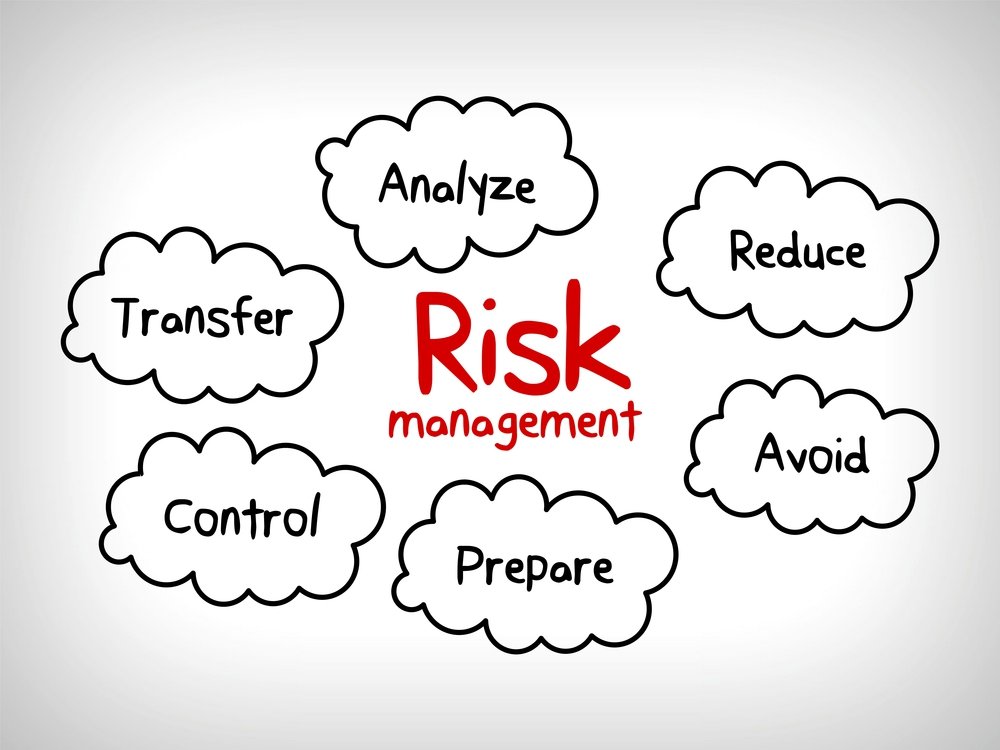The Crucial Importance of Risk Management in Financial Decision Making
The Crucial Importance of Risk Management in Financial Decision Making
Blog Article
Checking out the Importance of Risk Management for Effective Decision-Making Strategies
In the detailed world of organization, Risk Management arises as a vital element in the decision-making process. The ability to determine possible dangers and chances, and plan as necessary, can lead to the distinction in between success and failure. With devices such as SWOT and PESTEL, companies are furnished to make educated choices, cultivating strength and adaptability in an ever-changing atmosphere. Wondering just how this works? Allow's unpack the dynamics additionally.
Recognizing the Concept of Risk Management
Risk Management, a critical component in decision-making, is usually misunderstood or oversimplified. Risk Management includes regimented and structured approaches, making use of data and informative assessments. From economic uncertainties, lawful obligations, tactical Management errors, to accidents and all-natural disasters, it attends to different risks - importance of risk management.
The Duty of Risk Management in Decision-Making Processes
In the realm of tactical preparation and business procedures, Risk Management plays an integral role in decision-making processes. Risk Management therefore comes to be an important tool in decision-making, aiding leaders to make enlightened options based on a detailed understanding of the dangers involved. Risk Management serves as a vital part in the decision-making procedures of any kind of company.

Exactly How Risk Management Improves Strategic Planning
In the context of calculated planning, Risk Management plays a pivotal duty. Starting with the identification of possible risks, it better encompasses the execution of Risk reduction procedures. The role of Risk Management is not static but vibrant, as it demands consistent monitoring and adjusting of techniques.
Identifying Possible Risks

Carrying Out Risk Reduction
Having actually developed the relevance of recognizing possible risks, the next step is to discover Risk reduction. This procedure entails establishing and applying strategies to manage identified risks effectively. It is an important aspect of tactical planning as it enhances decision-making by minimizing potential adverse end results. Risk mitigation techniques can range from Risk evasion, Risk transfer, to run the risk of reduction. Each technique ought to be tailored to the specific Risk, considering its prospective impact and the organization's Risk resistance. Reliable Risk mitigation needs a deep understanding of the Risk landscape and the potential influence of each Risk. This understanding enables companies to focus on dangers and allocate sources efficiently, ensuring that one of the most considerable risks are dealt with initially.
Monitoring and Readjusting Methods
Though Risk mitigation is an essential step in strategic planning, continuous monitoring and adjustment of these methods is similarly crucial. It likewise offers a chance to assess the success of the Risk Management procedures, enabling modifications to be made where needed, more improving critical preparation. Tracking and adjusting Risk Management techniques is a vital element for improving a company's durability and tactical planning.
Case Researches: Effective Risk Management and Decision-Making
In the globe of business and financing, successful Risk Management and decision-making frequently serve as the pillars of prosperous enterprises. These situations highlight the value of sharp Risk Management in decision-making procedures. These instances highlight the important role of Risk Management in tactical decision-making.
Devices and Techniques for Efficient Risk Management
Browsing the elaborate puzzle of Risk Management calls for the right collection of devices and techniques. These tools, such as Risk registers and warm maps, help in identifying and examining potential dangers. Strategies include both quantitative approaches, like level of sensitivity analysis, and qualitative techniques, such as SWOT evaluation. These aid in prioritizing risks based upon their possible impact and possibility. Risk feedback techniques, a crucial component of Risk Management, see this website include approving, staying clear of, transferring, or mitigating risks. Tracking and managing dangers, via normal audits and reviews, guarantee that the techniques stay reliable. With these devices and techniques, decision-makers can navigate the complicated landscape of Risk Management, consequently facilitating informed and effective decision-making.
Future Trends in Risk Management and Decision-Making Strategies
As we explore the vast landscape of Risk Management, it becomes evident that the methods and tools used today will certainly proceed to progress. Future patterns point in the direction of a raised dependence on innovation, with synthetic intelligence and artificial intelligence playing substantial duties. These innovations will enable companies to anticipate potential risks with better precision and make more educated choices. Additionally, there will be an expanding emphasis on durability, not just in taking care of risks but also in bouncing back from damaging scenarios. Finally, the idea of Risk society, where every member of a company realizes and entailed in Risk Management, will certainly get more importance. These patterns herald a more aggressive and comprehensive approach in the direction of click for source Risk Management and decision-making.
Conclusion

Risk Management thus comes to be a vital device in decision-making, aiding leaders to make educated options based on an extensive understanding of the dangers involved. Risk mitigation strategies can vary from Risk avoidance, Risk transfer, to run the risk of reduction (importance of risk management). Reliable Risk mitigation calls for a deep understanding of the Risk landscape and the potential influence of each Risk. Risk feedback methods, an essential Bonuses component of Risk Management, entail accepting, avoiding, transferring, or mitigating risks. The principle of Risk society, where every member of an organization is aware and entailed in Risk Management, will certainly gain more prestige
Report this page